Sherwood Forest Plantation
Introduction
Text-to-speech Audio
Images
Sherwood Forest Plantation Home
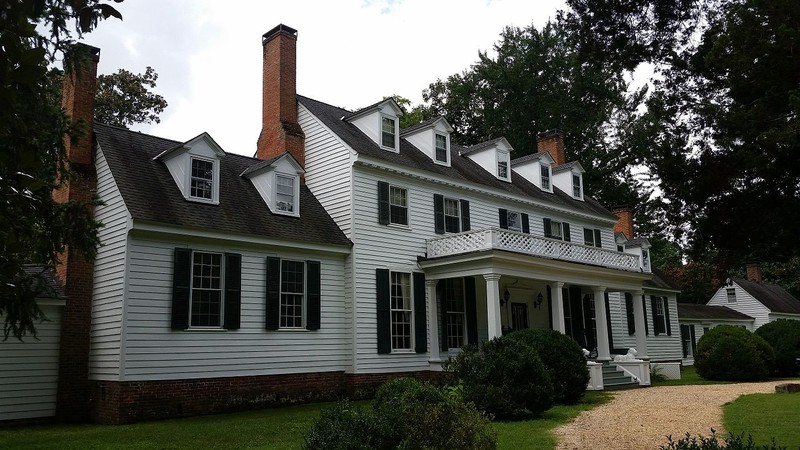
Sherwood Forest Plantation Home
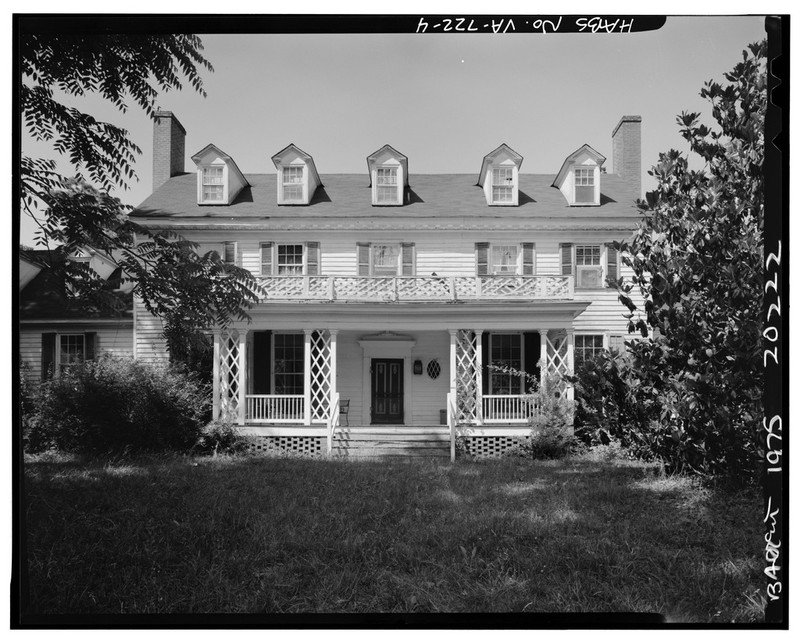
Sherwood Forest Plantation Home
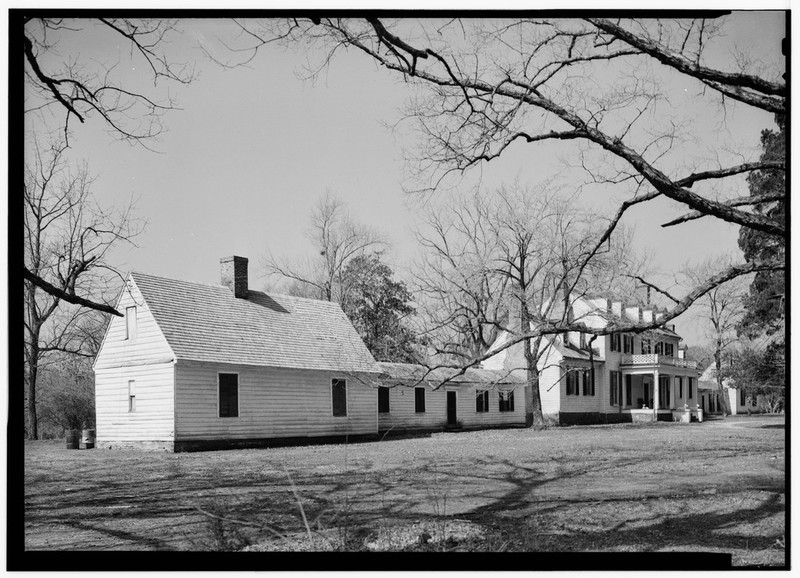
President John Tyler
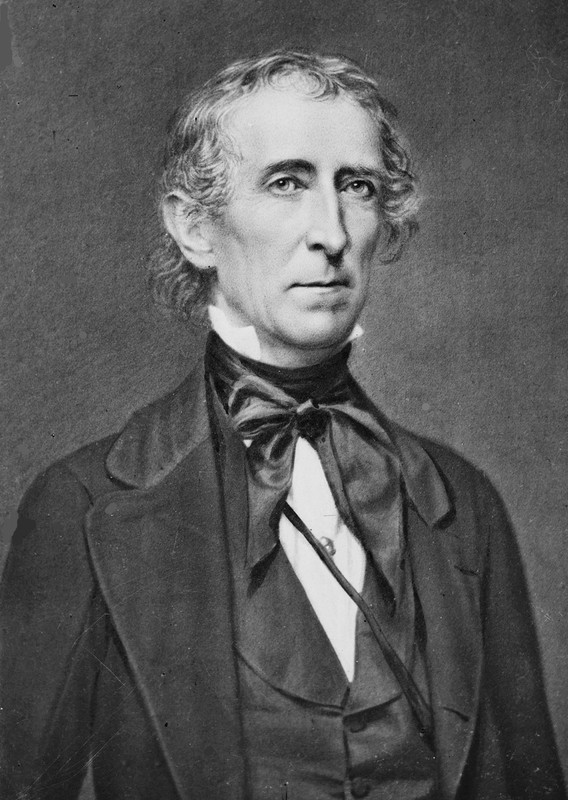
First Lady Julia Tyler
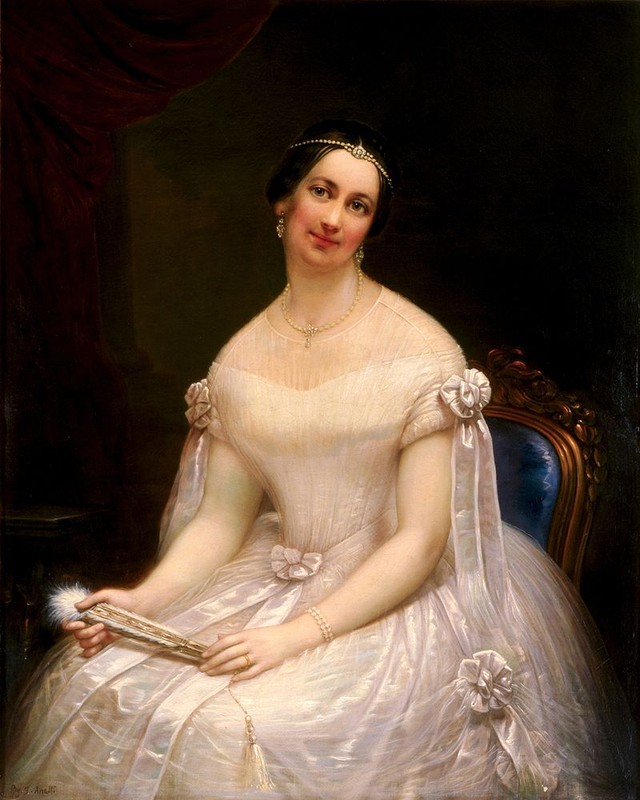
Backstory and Context
Text-to-speech Audio
Sherwood Forest Plantation is located in Charles City, Virginia. Its most notable inhabitant, President John Tyler, bought and renamed the in 1842. Another previous owner included President William Henry Harrison—although he never lived on the property. President Tyler hoped to retire to the home after his term as President.[1] John Tyler and his second wife, Julia Gardiner Tyler, moved to Sherwood Forest in 1845. Due to the expansions made by the Tyler’s, the home is perhaps one of the longest historical homes in the nation.[2] In 1853, after living at Sherwood Plantation for only eight years, Julia Tyler famously defended slavery and Southern women in “A Letter to the Duchess of Sutherland and Ladies of England in Reply to Their “Christian Address” on the Subject of Slavery in the Southern States.” John Tyler died in 1862, in the midst of the Civil War, but Julia Tyler returned to the battered home following the conflict.
Information is sparse about the land once known as Smith’s Hundred and Walnut Grove before its occupation by the Tyler family in the 1840s. The land held a home in the early 1700s, and Tyler expanded on the existing home before he moved his family there in 1845. One of the most notable additions to the home was a ballroom designed for a specific dance known as the Virginia reel.[3] The Tyler’s owned a number of slaves who also lived on the plantation. Few accounts exist about the lives of the salves who resided there. Many outbuildings surround the large home including a number of slave cabins. Although there is information little about the home before the Tyler’s occupation, much can be learned about the Tyler family’s life in Charles City, Virginia.
In the years following John Tyler’s presidency, turmoil abounded in the United States. The Civil War was only 16 years away by the time Tyler’s presidency ended. After his term as president, Tyler was also effectively kicked out of the Whig party. This brought about the name of Sherwood Forest for the Tyler’s new home, because Tyler himself felt much like the fictional character Robin Hood, and was a sort of political outlaw.[4] Despite this, Tyler continued to follow and work in the political arena. In particular, he supported the Confederacy and even helped with its creation. After the Confederacy’s establishment, Tyler was elected as a member of the Confederate House of Representatives just before his death in 1862.[5] Although Tyler himself lived a happy life within Sherwood Forest, his young wife Julia lived a vivid life at the plantation home as well.
Julia Tyler had a strong connection to Sherwood Forest. Although born and raised in the North, she became an ardent supporter of slavery. In 1853, Mrs. Tyler responded to a publication from England written in 1852 disapproving of slavery. Her letter entitled, “A Letter to the Duchess of Sutherland and Ladies of England in Reply to Their “Christian Address” on the Subject of Slavery in the Southern States,” stated, “The negro of the South lives sumptuously in comparison with the 100,000 of the white population of London. He is clothed warmly in Winter, and has his meat twice daily, without stint of bread.”[6] By this reasoning, Tyler thought that American slaves lived better lives than the poor working class of England. Mrs. Tyler had not really lived in the world of slavery before 1845 and this letter displays how life at Sherwood Forest influenced her thoughts on slavery. But, Sherwood Forest also affected Mrs. Tyler’s thoughts on Southern women as well.
Within her response, Julia Tyler also argued, “Women, in the United States, but with few exceptions, confines herself within that sphere which the God who created her seems to have designed her. Her circle is literally and emphatically, that of her family; and such she is content that it shall be. Within that circle her influence is felt over the relations of life, as wife, mother, mistress…”[7] Her thoughts were clear, Southern women belonged within the home. According to historian Evelyn L. Pugh’s “Women and Slavery: Julia Gardiner Tyler and the Duchess of Sutherland,” “Her comments revealed an unquestioning acceptance of what was considered the proper sphere for women.”[8] At the time of her letter, Mrs. Tyler had only been at Sherwood Forest for less than a decade, but the Tyler’s time there greatly affected her thoughts on slavery and Southern women.
Following the Civil War, Sherwood Forest was in slight disrepair. Over the course of the war, the state of Virginia as a whole saw over 100 battles—totaling more than any other state during the Civil War. The plantation home survived the conflict but the Union Army damaged the home at some point during the fighting.[9] Julia Tyler and the Tyler children left the home and stayed with her family as the fighting raged on throughout Virginia. But, despite the damage done to the home, the Tyler family returned following the Civil War. The Tyler family continues to own Sherwood Forest. In 1966 the National Register of Historic Places placed Sherwood Forest Plantation on its registry.
Sources
[1] “John Tyler Home: Sherwood Forest,” National Park Service, https://www.nps.gov/nr/travel/presidents/john_tyler_sherwood_forest.html.
[2] “Charles City County: Sherwood Forest, ” National Park Service, https://www.nps.gov/articles/sherwood.htm.
[3] “John Tyler Home,” National Park Service, https://www.nps.gov/nr/travel/presidents/john_tyler_sherwood_forest.html.
[4] “Charles City County: Sherwood Forest, ” National Park Service, https://www.nps.gov/articles/sherwood.htm.
[5] "John Tyler." In The Presidents and the Constitution: A Living History, 136. New York: NYU Press, 2016.
[6] Julia Tyler, “Mrs. Julia G. Tyler to the Duchess of Sutherland and Others,” New York Daily Times, 5 February 1853: 3.
[7] “Mrs. Julia G. Tyler to the Duchess of Sutherland and Others,” 3.
[8] Evelyn L. Pugh, “Women and Slavery: Julia Gardiner Tyler and the Duchess of Sutherland,” The Virginia Magazine of History and Biography, Vol. 88, No. 2 (April 1980): 199.
[9] “More About Sherwood Forest and John Tyler,” Sherwood Forest: Home of President John Tyler, http://www.sherwoodforest.org/About_SF.html.
Wikimedia Commons
Wikimedia Commons
Wikimedia Commons
Wikimedia Commons
Wikimedia Commons
